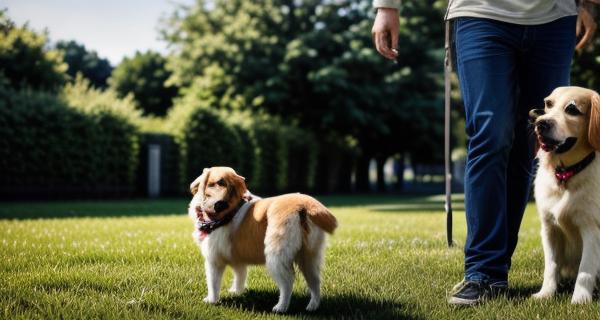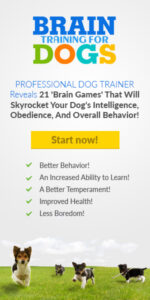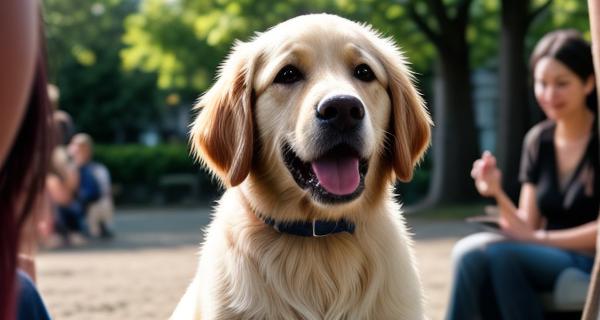How to Socialize Your Dog with Other Dogs And Strangers Safely
Safe Dog Socialization Strategies
## Safe Dog Socialization Strategies
Bringing a new dog into your life is exciting! But ensuring they’re well-socialized with other dogs and strangers is crucial for a happy, confident companion. Rushing the process can lead to fear, anxiety, and even aggression. Here’s a guide to safe and effective socialization strategies.
**Start Slow & Positive:** Begin in a controlled environment. This could be a quiet yard or a leashed walk in a low-traffic area. Focus on positive reinforcement – high-value treats, praise, and gentle petting when your dog exhibits calm behavior around other dogs or people.
**Controlled Introductions:** When meeting another dog, keep both dogs on leash initially. Allow them to sniff briefly, observing their body language. Watch for relaxed postures, wagging tails, and playful bows. If either dog shows signs of stress (stiff body, whale eye, growling), immediately increase the distance.
**Gradual Exposure:** Expose your dog to different people, environments, and sounds gradually. Visit dog-friendly parks, pet stores, or even have friends over for short, supervised visits. Ensure these experiences are positive and rewarding.
**Read the Body Language:** Learn to recognize canine body language. A relaxed dog will have a loose body, wagging tail, and soft eyes. A fearful dog might tuck their tail, avoid eye contact, or show tense muscles.
**Avoid Overwhelming Situations:** Don’t force interactions. If your dog seems overwhelmed, remove them from the situation. Short, positive experiences are better than long, stressful ones.
**Professional Help:** If your dog has significant socialization challenges, consult a certified professional dog trainer or veterinary behaviorist. They can help you develop a customized socialization plan. Remember, patience and consistency are key!
Dog-to-Dog Introduction Techniques
## Dog-to-Dog Introduction Techniques
Bringing a new dog into your life is exciting! But ensuring they’re comfortable and well-socialized with other dogs and people is crucial for a happy, healthy pet. A gradual, positive introduction is key to building confidence and preventing stress.
**Start with Scent Swapping:** Before a face-to-face meeting, exchange scents. Swap blankets or toys so your dog can get familiar with the other dog’s smell. This helps reduce initial anxiety.
**Controlled Initial Meeting:** Choose a neutral, quiet location for the first interaction – a park or quiet street, away from distractions. Keep both dogs on leash and parallel to each other, allowing them to sniff at a comfortable distance. Avoid direct staring, which can be perceived as a challenge.
**Positive Reinforcement:** Reward calm, relaxed behavior with treats and praise. This helps your dog associate positive feelings with meeting new people and dogs.
**Short & Sweet:** Keep initial interactions brief, ending on a positive note before tension arises. Even a few minutes of relaxed sniffing is a success!
**Reading Body Language:** Learn to recognize signs of stress in dogs – tucked tail, flattened ears, lip licking, yawning. If either dog shows signs of discomfort, separate them immediately.
**Gradual Progression:** Slowly increase the duration and complexity of interactions as your dog gains confidence. Supervise closely and always prioritize safety and positive experiences. Remember, socialization is an ongoing process! If you are struggling, consult a professional dog trainer or behaviorist.
Safe Exposure to Strangers for Dogs
**How to Socialize Your Dog with Other Dogs and Strangers Safely**
Building a well-adjusted dog is a rewarding journey, and socialization is a cornerstone of that. But it needs to be done *safely*. Rushing the process can lead to fear, anxiety, and even aggression. Here’s a guide to help you safely expose your dog to other dogs and strangers.
**Start Slow & Positive:** Begin with controlled introductions. Find a calm, quiet environment – a park during off-peak hours is ideal. Let your dog sniff under a fence before direct contact. Keep them on a leash initially, allowing for loose-leash walking and positive reinforcement (treats, praise) for calm behavior.
**Dog-to-Dog Introductions:** Parallel walks are a great starting point. Walk your dog alongside another friendly dog, keeping a comfortable distance. Gradually decrease the distance as they become more comfortable. Watch for signs of stress: tucked tail, whale eye (showing the whites of the eyes), lip licking, yawning, or excessive panting. If you see these, increase the distance. Supervise play closely and intervene if play becomes too rough.
**Stranger Introductions:** Enlist trusted friends or family to help. Ask them to approach calmly, avoiding direct eye contact (which can be perceived as a challenge). Have them offer a treat or speak in a gentle, soothing voice. Let your dog approach the stranger at their own pace. Don’t force interactions.
**Read the Body Language:** Learn to recognize canine body language. A wagging tail doesn’t always mean friendliness! Pay attention to overall posture, ear position, and facial expressions.
**End on a Positive Note:** Always end socialization sessions before your dog becomes overwhelmed. This helps them associate these experiences with positive outcomes. Consistency and patience are key. If you’re unsure, consult a professional dog trainer or behaviorist.
Managing Dog Social Anxiety
**How to Socialize Your Dog with Other Dogs and Strangers Safely**
Dog socialization is crucial for a well-adjusted, happy pup. But for many dogs, the experience can trigger anxiety. Managing dog social anxiety requires patience, understanding, and a gradual, positive approach.
Start by assessing your dog’s comfort level. Does your dog show signs of fear (tucked tail, flattened ears, lip licking) around other dogs or people? If so, consult a veterinarian or certified professional dog trainer. They can help rule out underlying medical issues and recommend a tailored socialization plan.
Begin with controlled introductions. This means starting with familiar, calm dogs in a neutral environment. Keep initial interactions brief and positive, rewarding calm behavior with treats and praise. Avoid overwhelming your dog with too much, too soon.
Gradually introduce different environments, sounds, and people. Leash walks in quiet areas, followed by short, supervised play sessions with friendly dogs, can be beneficial. Always maintain control with a sturdy leash and be prepared to intervene if your dog shows signs of anxiety.
When meeting strangers, ask them to approach calmly and avoid direct eye contact, which can be perceived as threatening. Allow your dog to sniff the stranger at their own pace. Positive reinforcement is key – reward calm interactions with treats and gentle petting.
Recognize your dog’s signals. If they’re overwhelmed, remove them from the situation. Never force a social interaction. Remember, socialization is a journey, not a race. Celebrate small victories and prioritize your dog’s well-being above all else. A confident, well-socialized dog is a happy dog!





Post Comment
You must be logged in to post a comment.